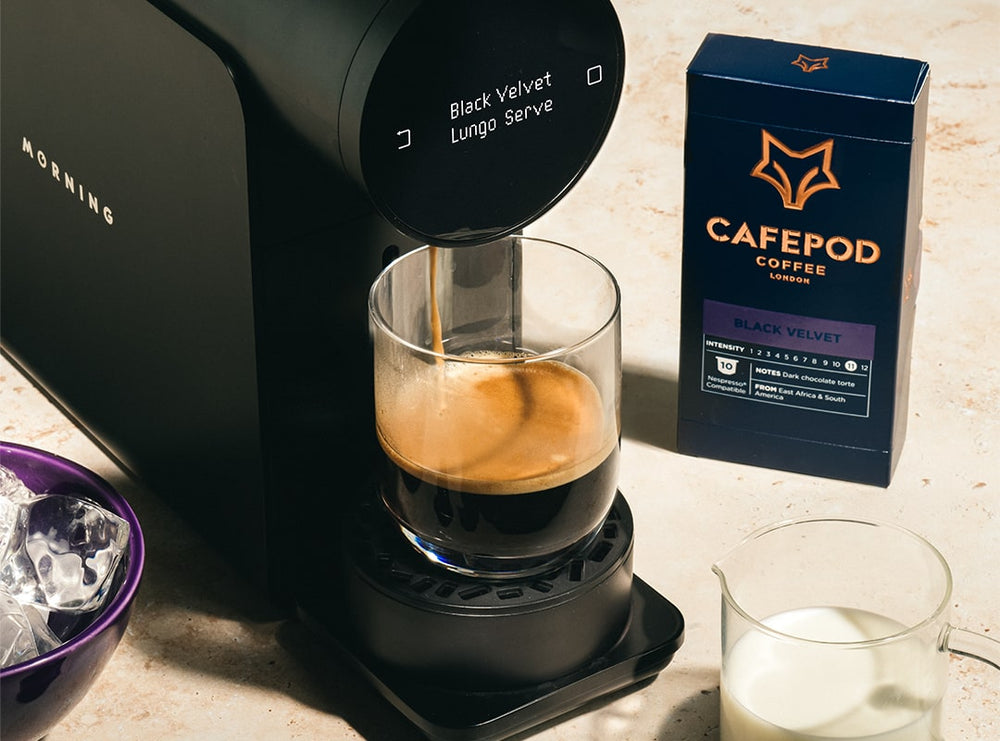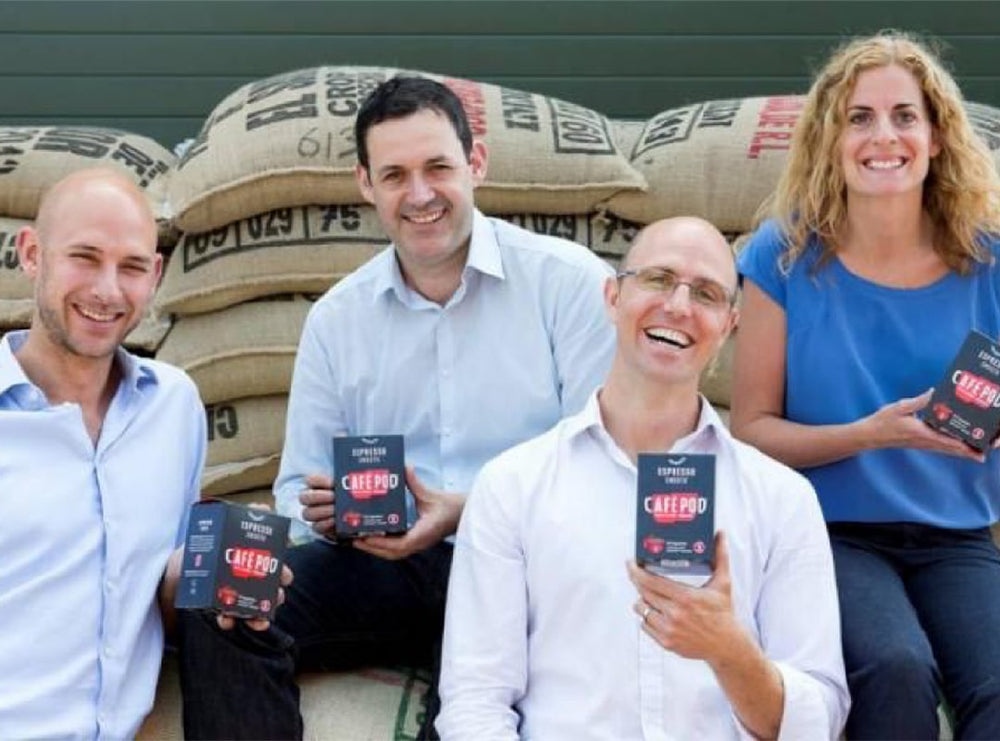'Coffee' returns more than 5 billion results on Google.
We've sought to weave out the questions most asked & settle some of the bubbling areas of debate about the drink we all love.
'Coffee' returns more than 5 billion results on Google.
We've sought to weave out the questions most asked & settle some of the bubbling areas of debate about the drink we all love.
Darker roasts give coffee a bolder & more intense flavour. When you combine a darker roast with blending coffees from all over the Bean Belt like we do, you get a wonderfully complex & full-bodied cup of coffee.
Shop Coffee

We were one of the first to make Nespresso® compatible pods way back in 2011. Getting café-style coffee at home was nigh-on-impossible at the time. Surely, someone would bring delicious coffee in pods to supermarkets? Turns out that someone was us.
Read Our Story